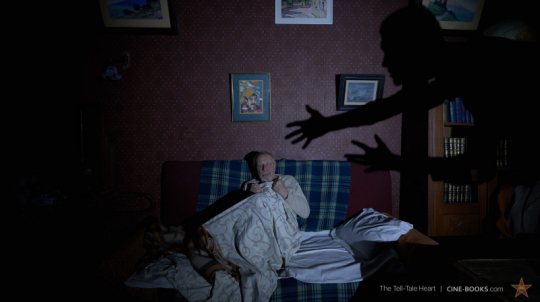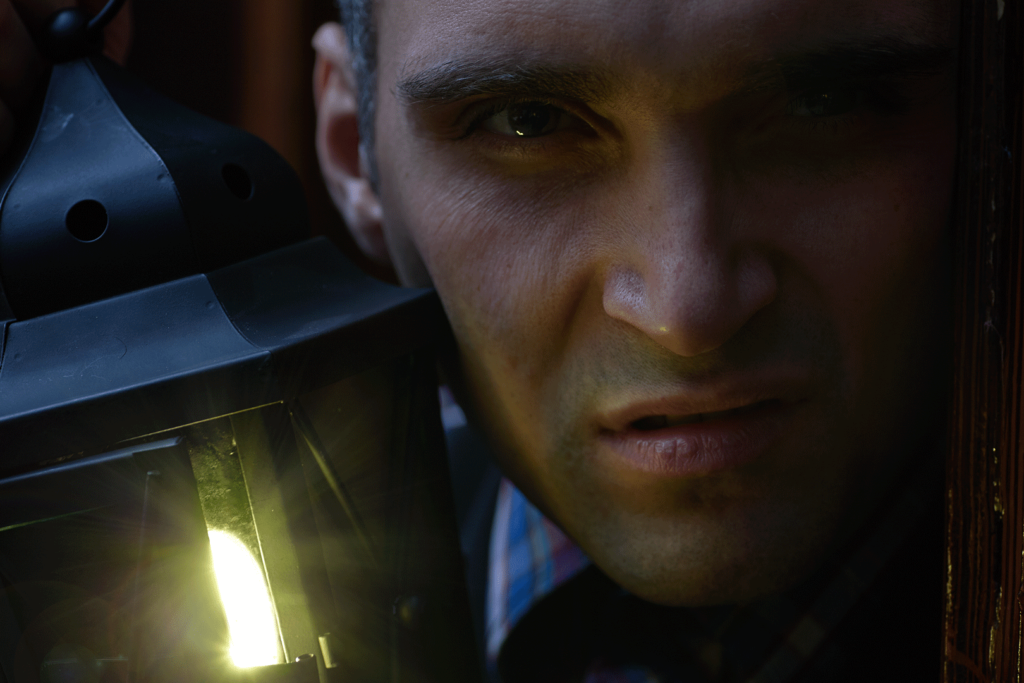
Our stories make us who we are. They exist to set the parameters of are alikeness or differences with respect to each other. We define ourselves through the stories we identify most with. A good story, on the other hand, transcends all parameters of identification and lodges itself in the collective human consciousness, regardless of the era it is perceived in. This is how classics are born. They appeal to all sensibilities across generations. One such classic is The Tell-Tale Heart written by Edgar Allan Poe.
Perhaps the finest example of Gothic Literature, The Tell Tale Heart was first published in 1843. Yet the story has managed to thrill everyone up until now. It never gets old, and perhaps never will. What is it about this peculiar little tale that manages to enthrall readers far and wide? Moreover, what has Cinebooks done to it that this masterpiece of Poe’s legacy is now set to expand farther and wider? Read on to find out.
The Crux Of The Tale
The Tell-Tale Heart is an age old classic that revolutionized the concept of the “unreliable narrator”. It is written in such a gripping manner that the reader cannot help but turn the page while on the edge of her seat to a nail biting finish. Its overall menacing atmosphere and the narrator’s slow progress towards the inevitability makes it all very un-put-down-able, for the lack of a better term.
While it cannot be argued that Poe did a tremendous job with constructing the narrative in extremely graphic details, which lead all the way to the end with a flourish, yet it may have been imagined differently by each reader. Imagined scenarios can barely be the same for every reader and while this may be hailed as one of reading’s virtues, it can equally be a disadvantage. Some persons are not as well endowed with a vibrant imagination as some others. This puts them at a disadvantage as far as conjuring vivid imagery is concerned.
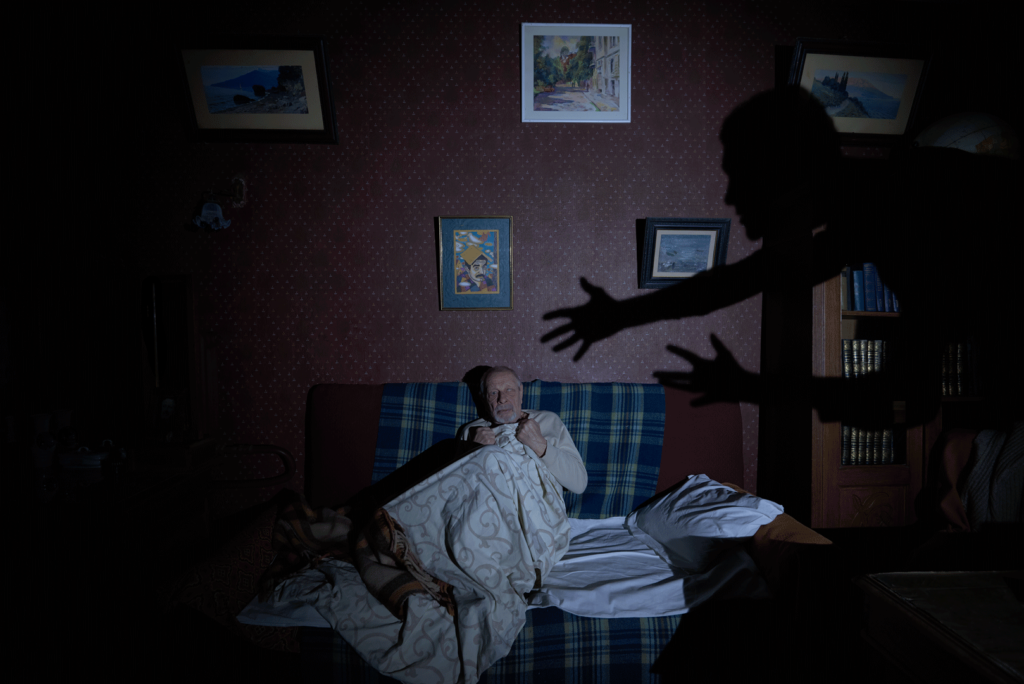
Of course, such a trait can be reversed with years of reading and exposing oneself to visual transcriptions of the written word (alas, unavailable for every form of text out there). That’s not all; the absence of sonic impact also flattens the entire story, making it more flaccid than it needed to be. Surrounding distractions (if you happen to be reading in a busy place) also take away from the overall experience.
The Remedy
The stupendous CINE-BOOKS steps in as a savior. Experiencing the Tell-Tale Heart in a facet undiscovered, CINE-BOOKS treats its subscribers with an audio-visual gift. While audio-book narration is not a novel concept on its own, CINE-BOOKS takes it a step further by adding eerie background sounds, cinematically rich photographs and perfect voice modulations. Describing a CINE-BOOKS experience is like describing music. Its personal experience is a description in itself. With every progress of a page (or a scene, if you will) the tension and thrill gets palpably high until the climax. Furthermore, you can choose among the audio, visual and audio-visual formats to experience the story in a manner you prefer.
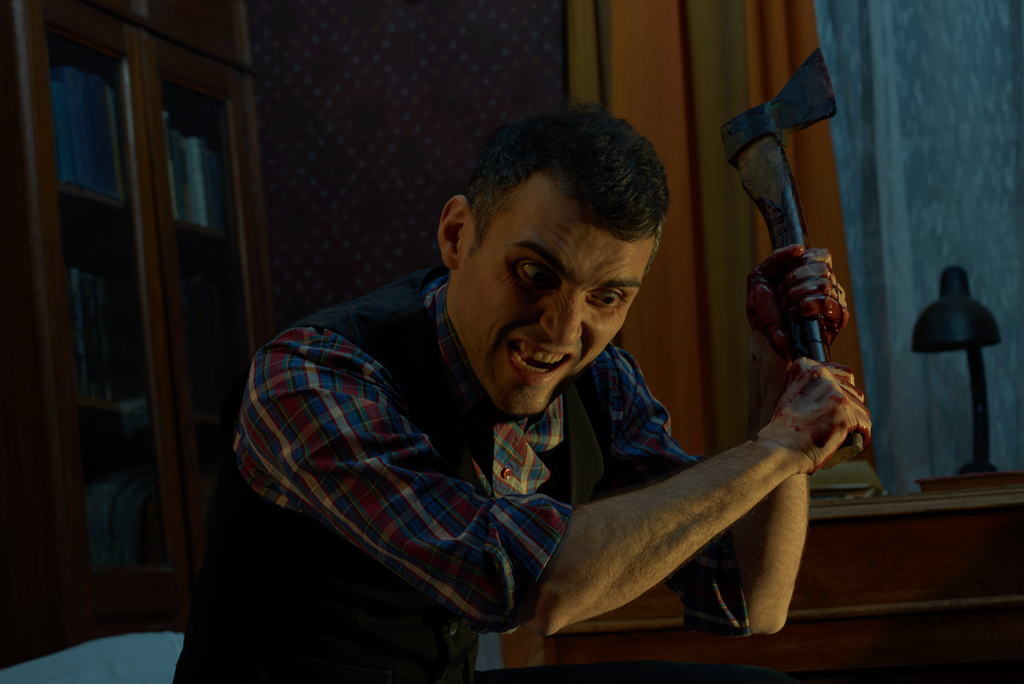
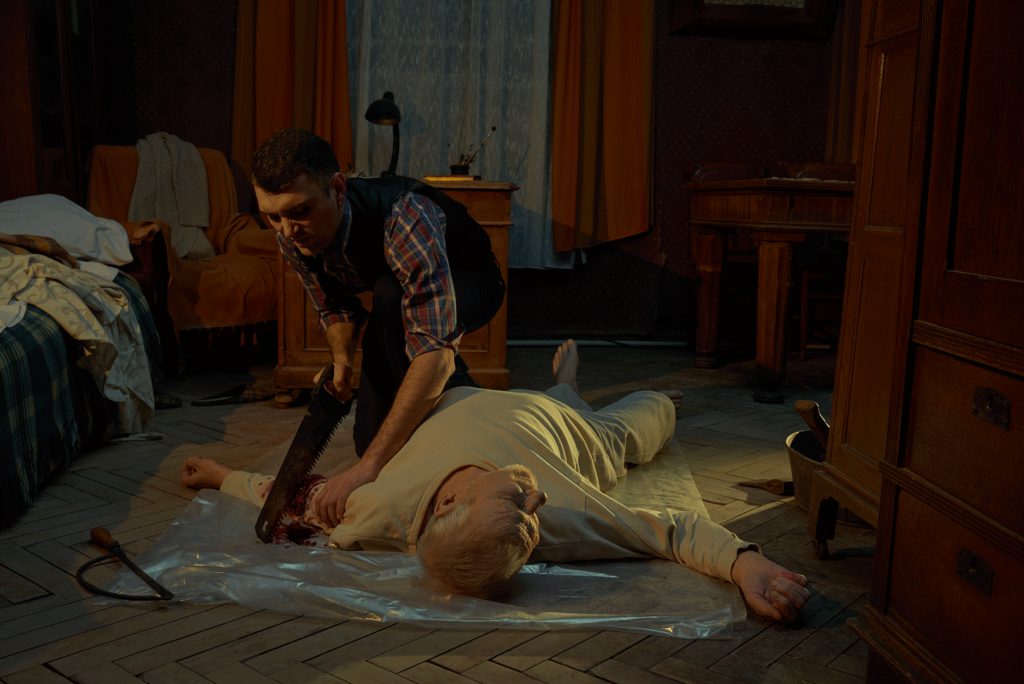
Describing a CINE-BOOKS experience is like describing music. Its personal experience is a description in itself. With every progress of a page (or a scene, if you will) the tension and thrill gets palpably high until the climax. Furthermore, you can choose among the audio, visual and audio-visual formats to experience the story in a manner you prefer.
To witness the CINE-BOOKS magical rendition of the Tell-Tale Heart yourself, click on: https://cine-books.com/store/the-tell-tale-heart
you may also like
Herbert George Wells is undoubtedly a household name. This prolific British litterateur has many amazing works of literature to his...








